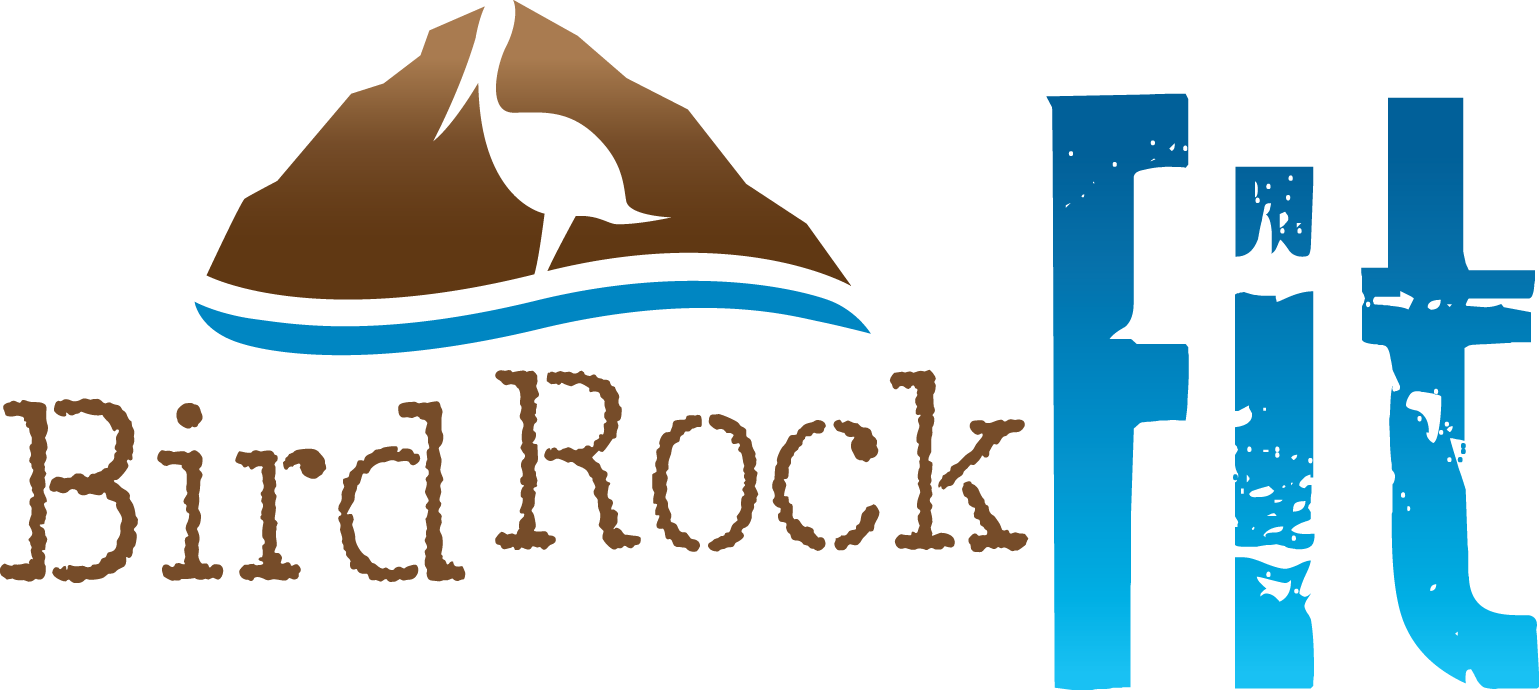Carbohydrate Run-Down
By Katelyn Castro
There have been questions popping up lately on what I think of carbohydrates. Endless information circulates these days on what the best healthful diet is. Yes, I believe there are certain ways that the general population can benefit, but really, we are individuals. What works for me may not work for you, which could work for your friend, but not their significant other. It is a fascinating, yet confusing trial-and-error process.
There’s always room for carbohydrates in our diets, however, amount and timing is key. I consume most of my daily carb intake after a workout. This is an optimal time because the body continues to use the sugar these energy producers make to recover from the workout and build muscle, instead of store fat.
What types of carbs should we look for when consuming these large-scale nutrients? The best choices are fiber-rich fruits and vegetables, rather than breads and grains. Options include broccoli, Brussels sprouts, cauliflower, kale, spinach, summer squash, berries, apples, pears, and grapefruit. Be mindful when eating potatoes, corn, peas, bananas, grapes, and melons, which tend to be higher in sugar and lower in fiber. Let the vibrant, colorful artist out and see what variety comes from it. Make it a rule to avoid white, starchy carbohydrates, and you are on your way to a masterpiece of health and energy.
Post-workout Snacks
- Chocolate-Peanut Butter Smoothie (courtesy of Metabolic Effect)
- 8 ounces water or unsweetened almond milk
- 1 to 2 scoops whey protein powder
- 1 Tbsp peanut butter
- 1 Tbsp cocoa powder
- ½ cup ice
- Greek yogurt with berries
- Whole-grain wrap with turkey and veggies
- Bell pepper with hummus
Carb Tip: A simple tool to determine how much starch is in a food is to find the net carbs. Take the total carbohydrate number, subtract fiber, sugar alcohols and glycerin, and this number will tell you how much starch that food will have. Aim for numbers less than 10 or 15.

